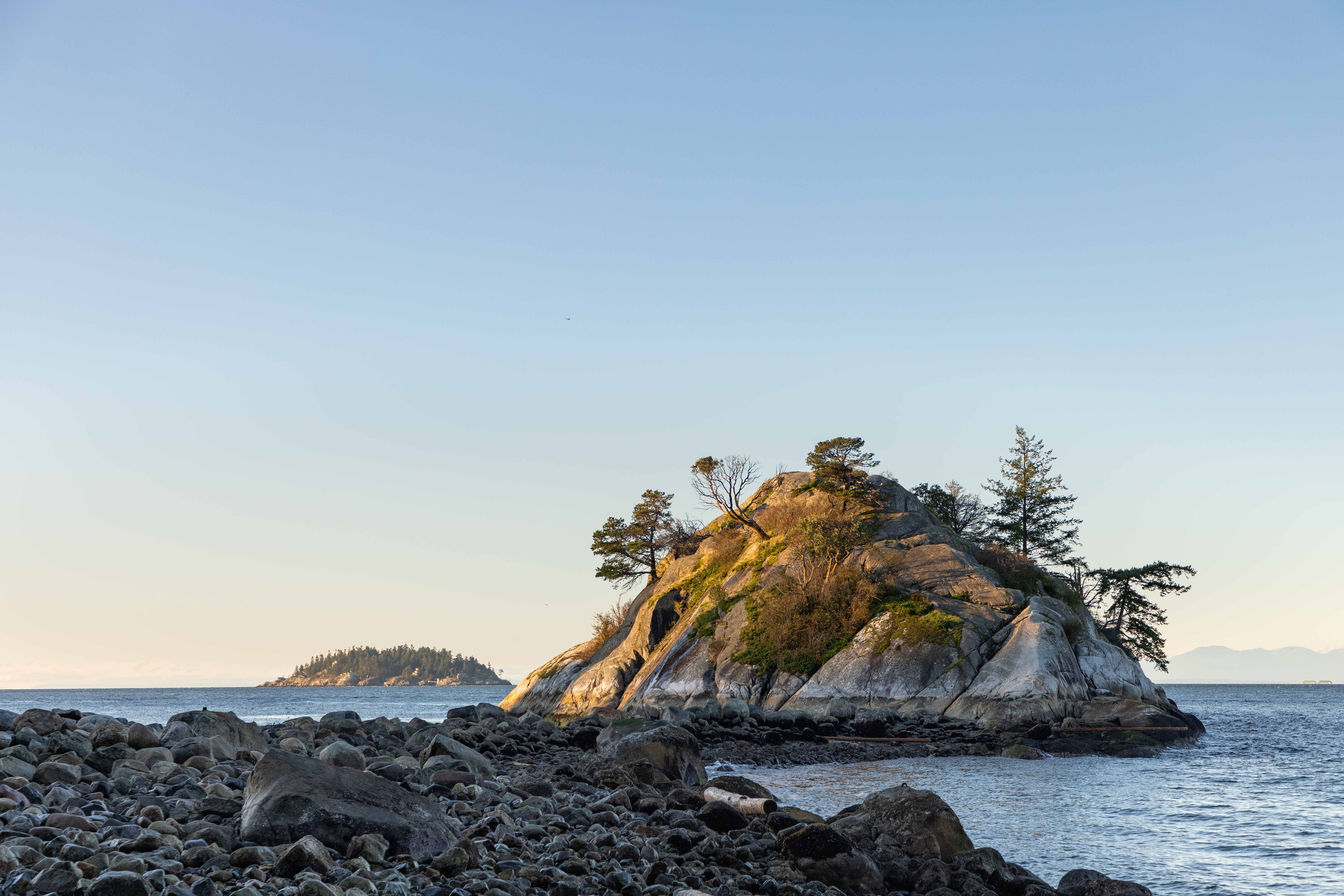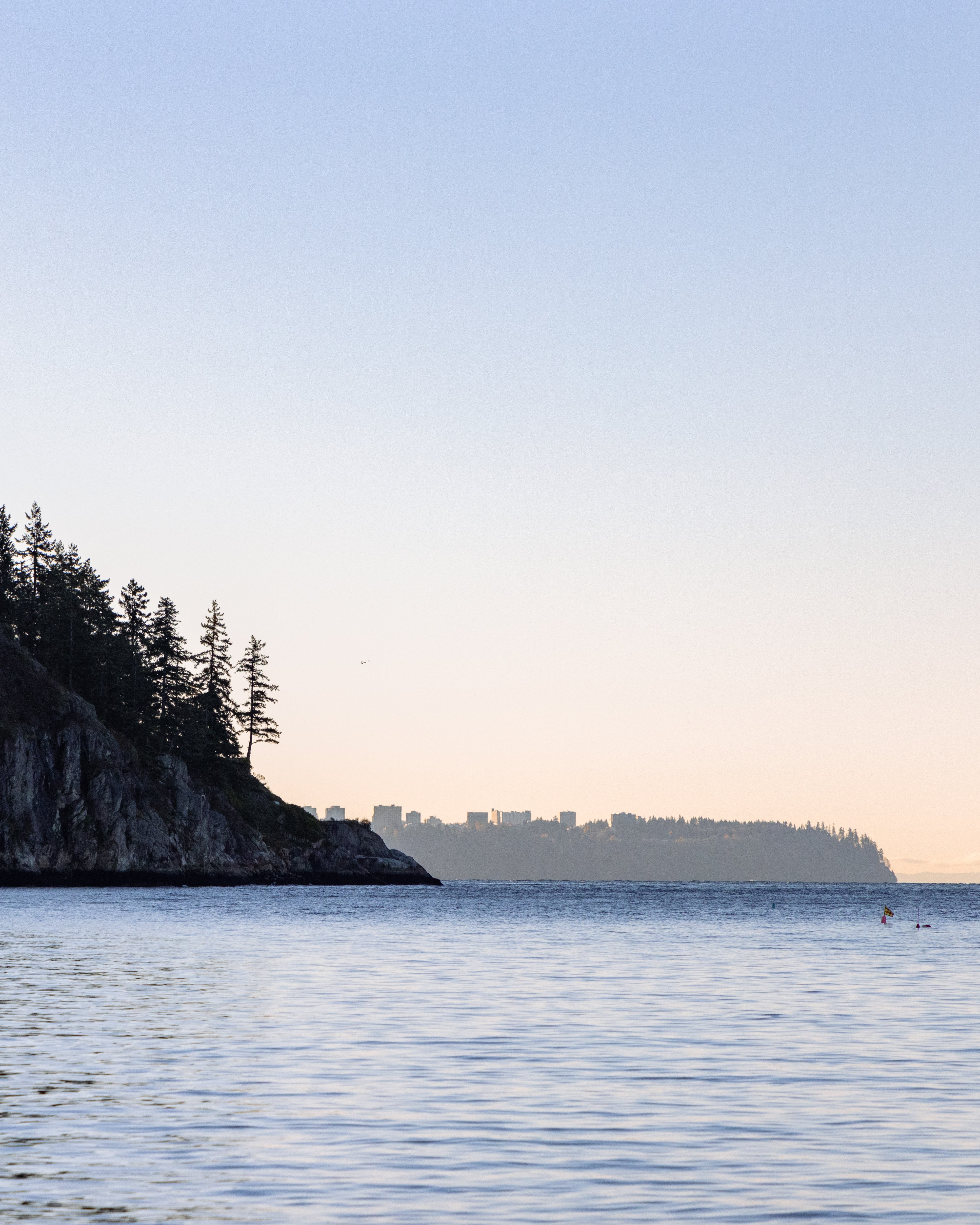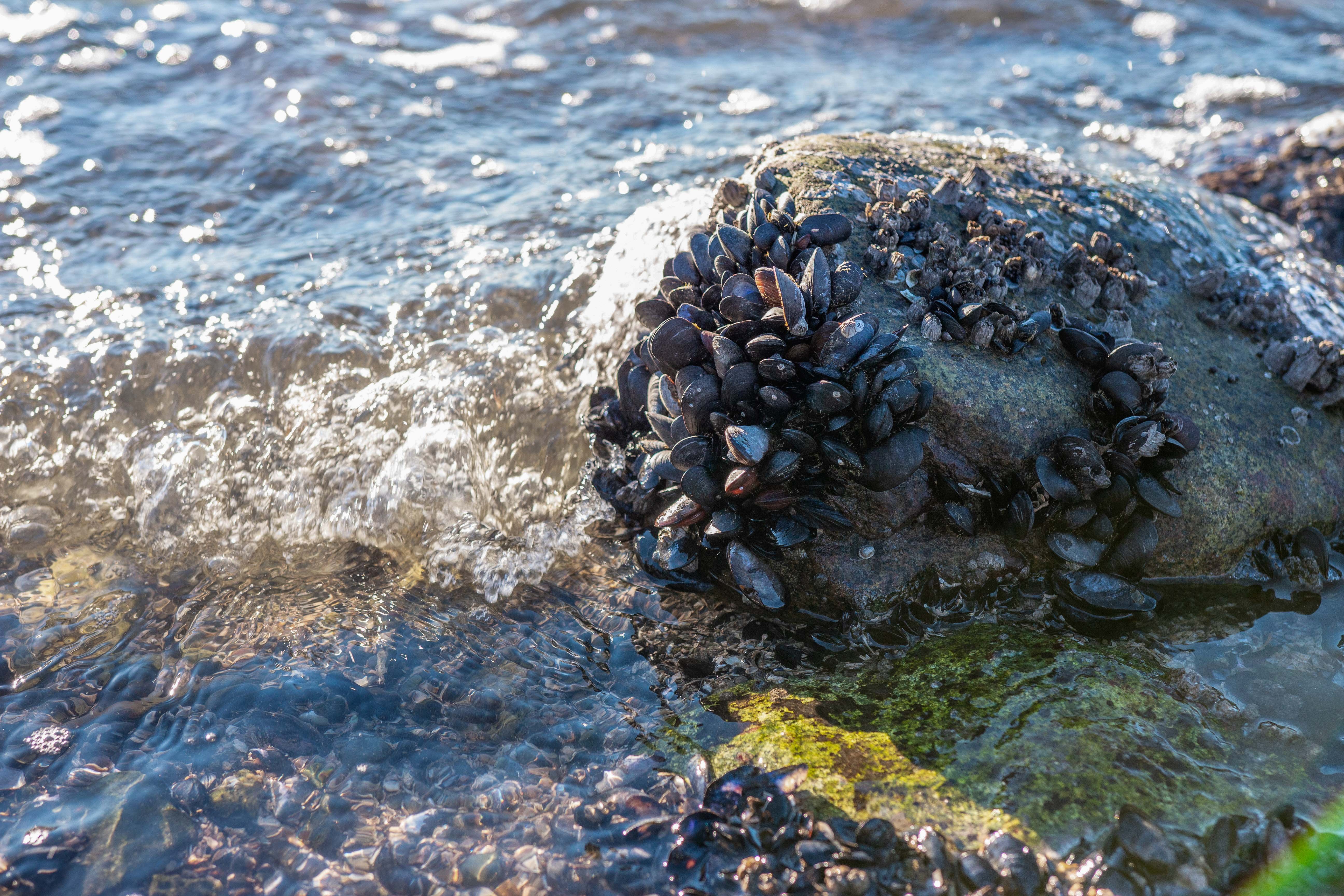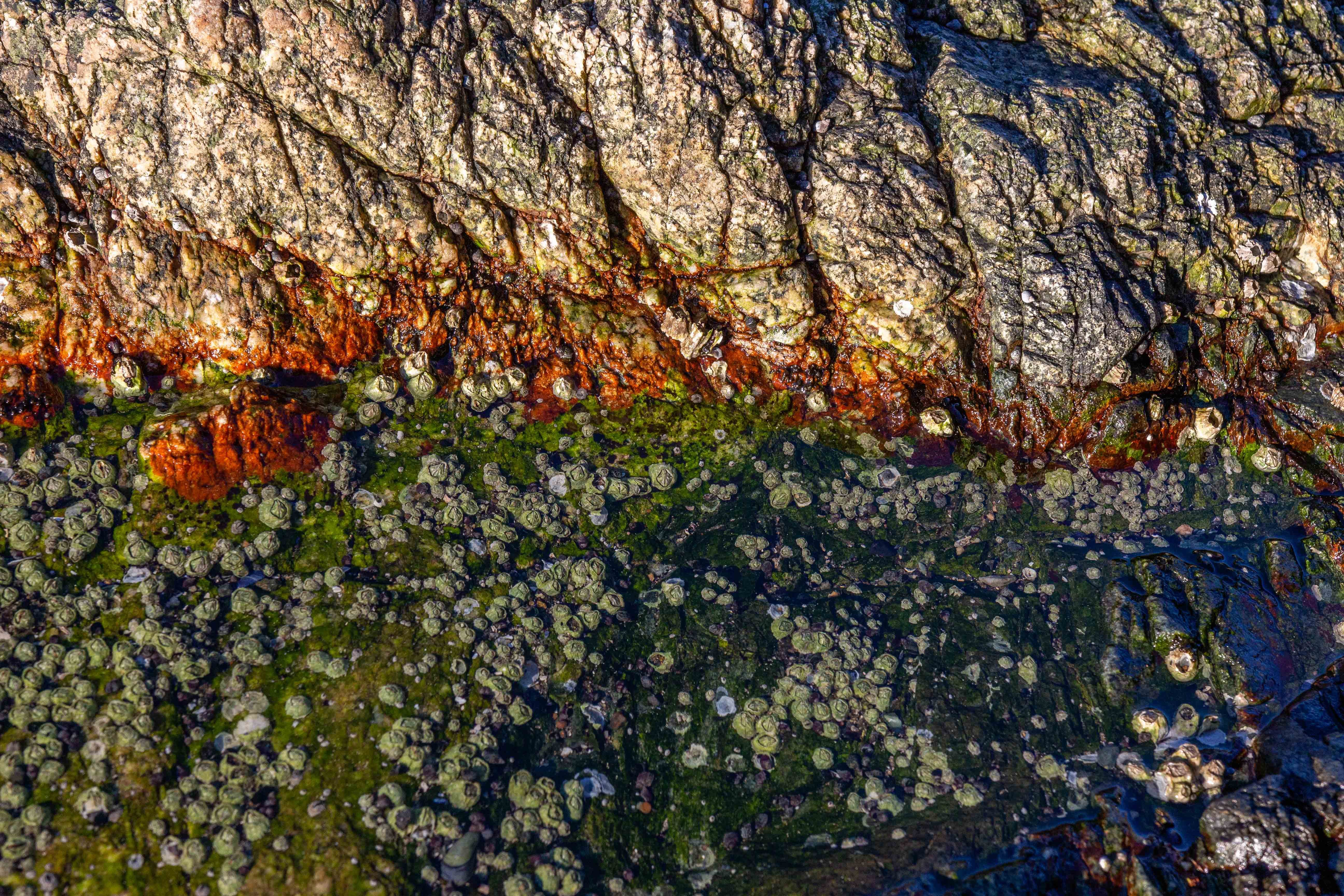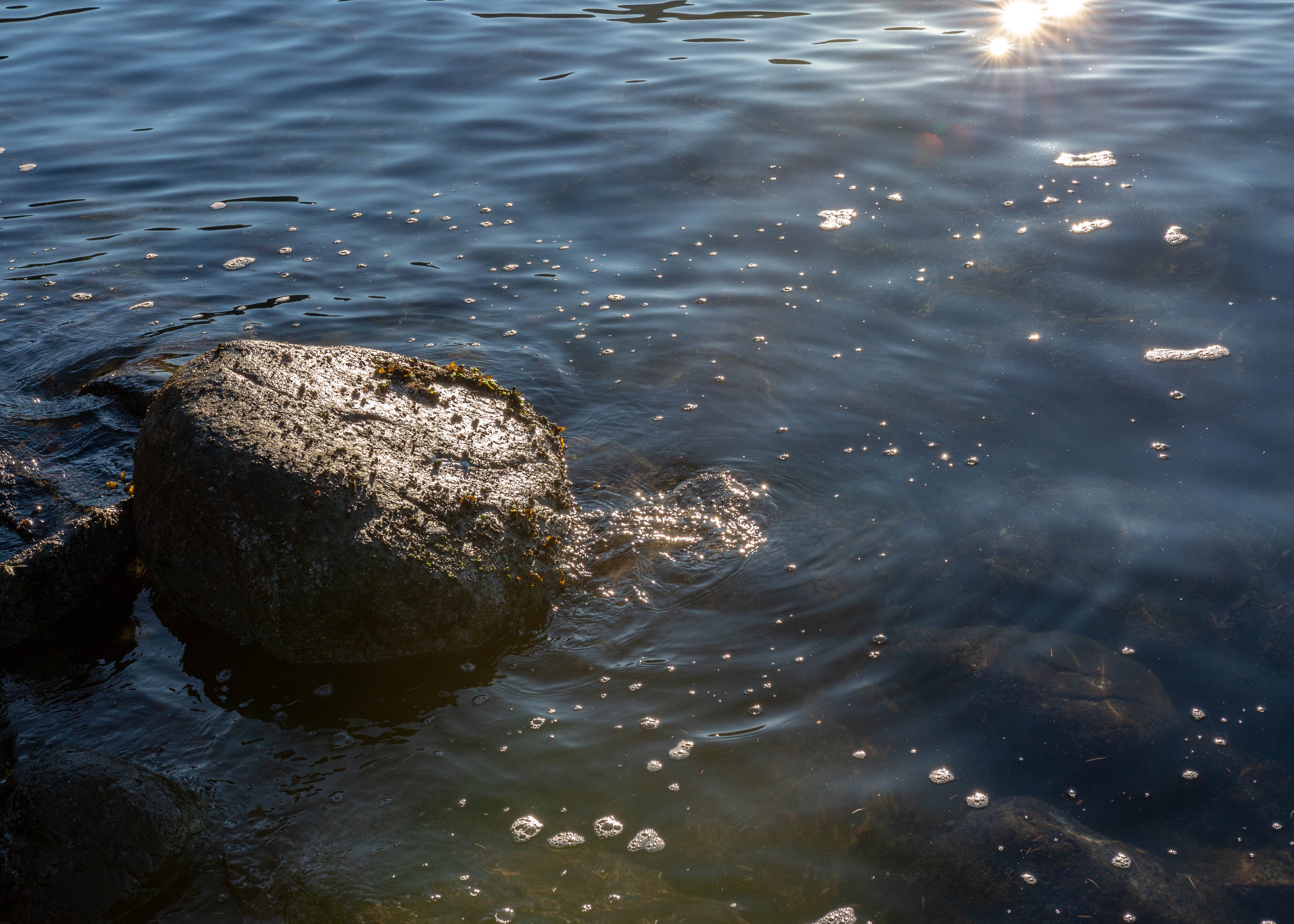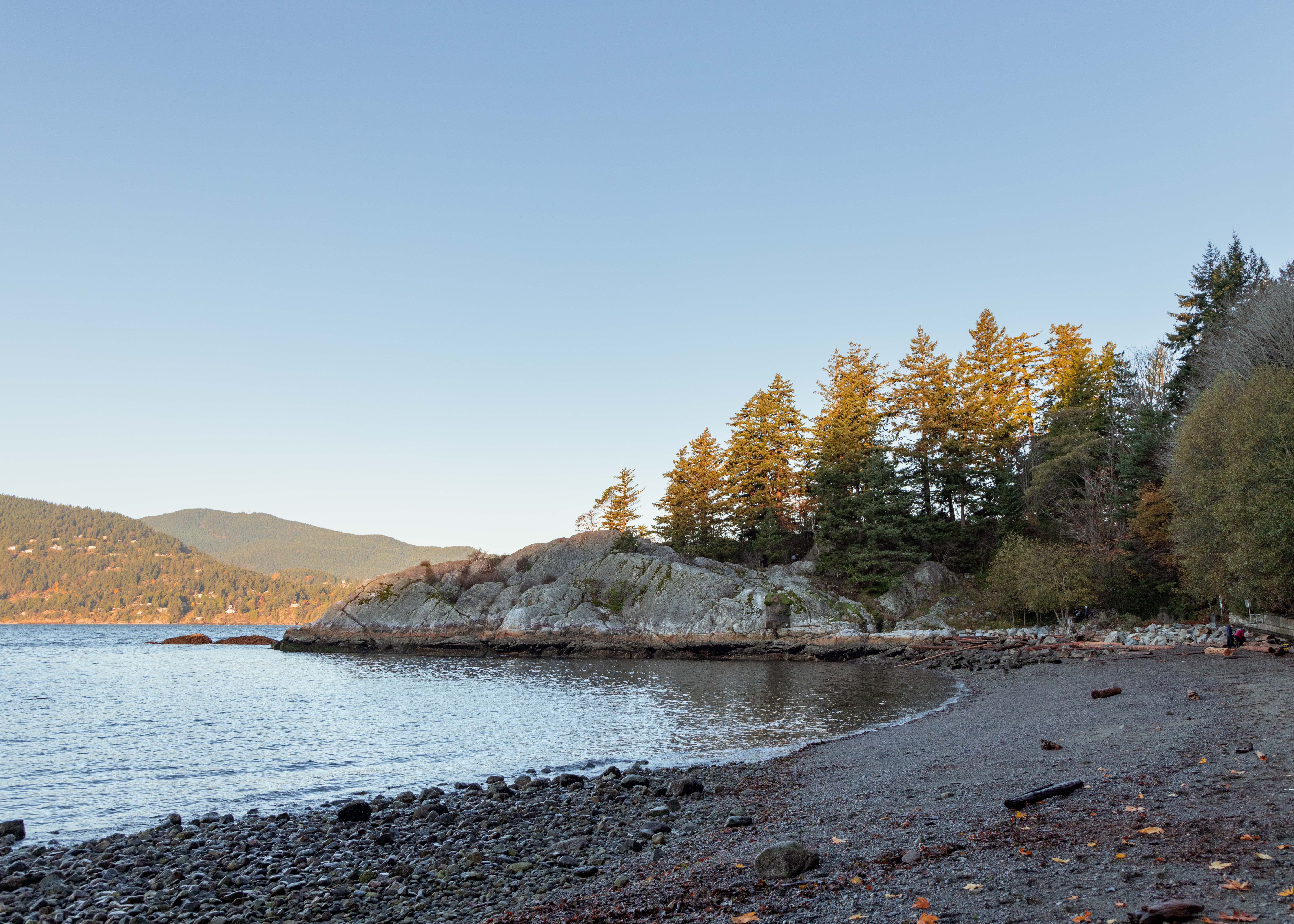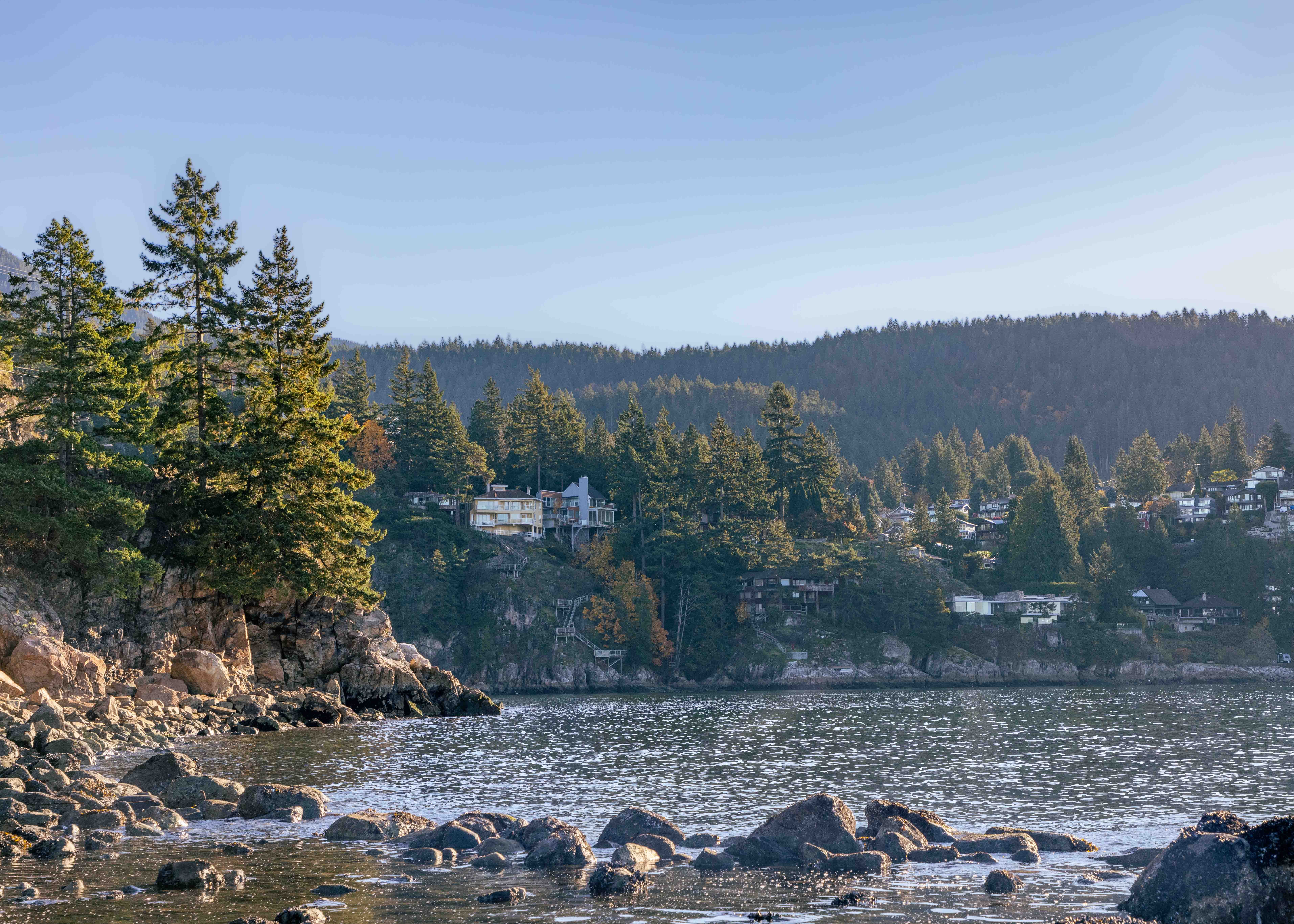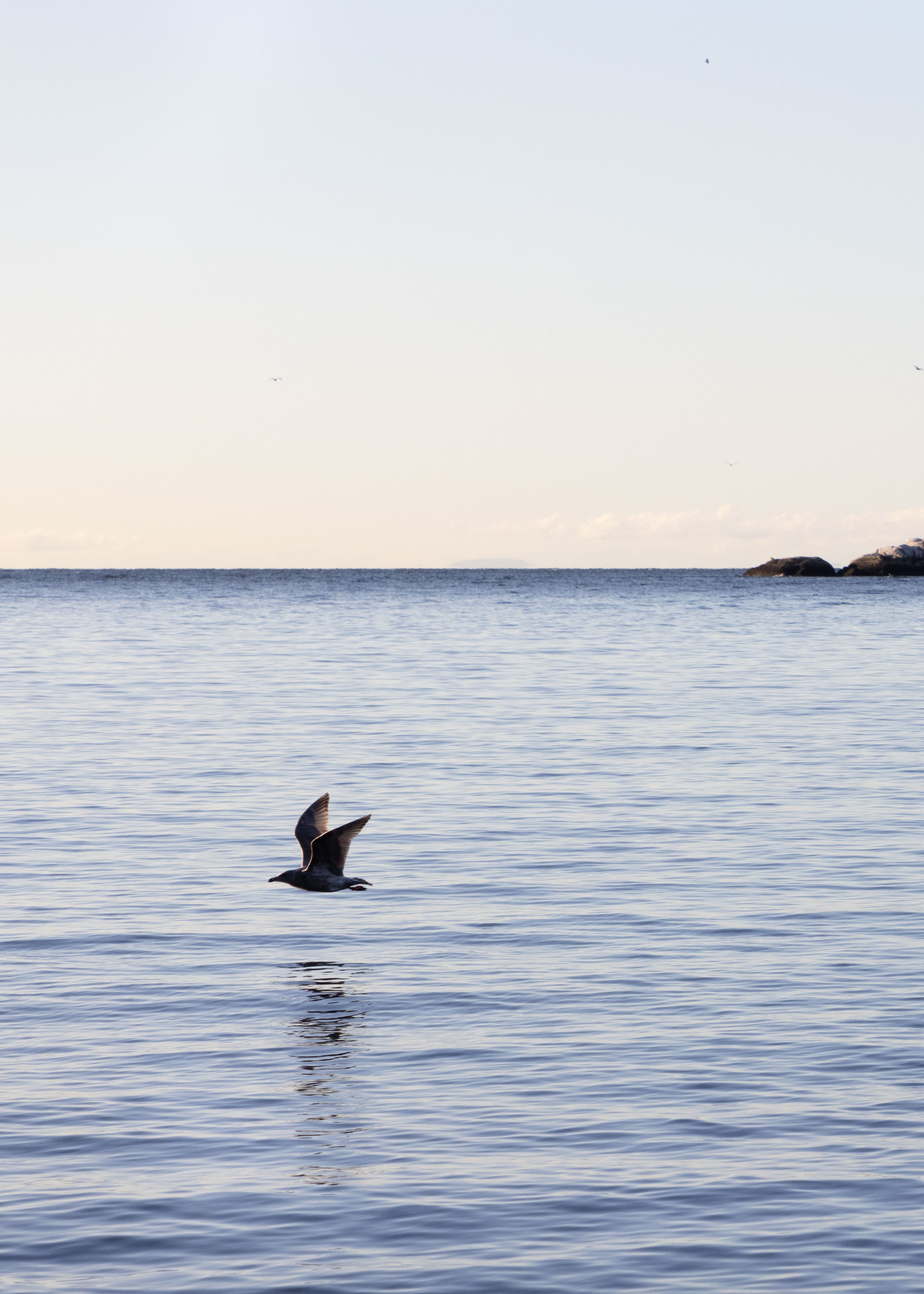British Columbia is home to an incredibly diverse range of ecosystems, from the temperate rainforests of the coast to the arid valleys and grasslands of the Interior to the alpine tundra in the north.
To see how coastal and marine ecosystems exhibit resilience against natural and human environmental perturbations, The Ubyssey visited Whytecliff Park — a marine protected area (MPA) in West Vancouver.
“Ecosystems are complex, adaptive systems,” said Kai Chan, a professor at the UBC Institute for Resources, Environment and Sustainability (IRES). “There’s no single balance of nature; there’s no equilibrium to which a system returns. Those ideas were popular decades ago. Now, it’s clear that that’s just not how they work.”
Instead, Chan explained that ecosystems are governed by attractors — states that are somewhat stable, but can be interrupted by natural disturbances, like fires and pest outbreaks. With climate change, however, many “natural” disturbances are becoming further amplified by human activity.
Chan has conducted research on sea otter population dynamics off the west coast of Vancouver Island, observing the effects of rewilding a top predator on the overall resilience of an ecosystem.
Otters are a keystone species, meaning that they have a disproportionately large effect on other species in the surrounding ecosystem. During the Canadian fur trade of the late eighteenth and early nineteenth centuries, they were brought to the brink of extinction.
With the otter virtually removed from the ecosystem, benthic organisms like urchins, sea stars, clams and sea cucumbers experienced unchecked population growth and thus increased kelp consumption. This imbalance resulted in a trophic cascade, due in part to kelp forests’ photosynthetic and carbon-sequestering abilities, which became severely diminished. The capacity for kelp forests to support fish populations, which in turn support human populations, was also significantly reduced.
Both of these qualities are reflected in ecosystem services, which we, as humans, benefit from immensely. Therefore, a decrease in ecosystem resilience often means an equally negative impact on human society.
This is why keystone species like sea otters play such a crucial role in marine ecosystems, and why rewilding their populations is fundamental in ensuring continued ecosystem resilience.
“People imagine that ecosystems are already resilient,” said Chan, “and the reality is that most of the ecosystems that we know are only a shadow of their former self because we have so badly tampered with them ... that [species] can’t play anywhere near the same kind of roles that they do in this system.”
Though we were unable to visit Vancouver Island, many of these same ecological principles are at play within the intertidal zone of Whytecliff Park.
As the province’s first no-take MPA, meaning that fishing, mining, drilling and other extractive activities are prohibited, the conditions at Whytecliff are able to foster higher species biodiversity compared to other coastal parks in the region.
Just below the surface of the glimmering blue water is an abundance of kelp, sea stars, coral and sponges that comprise a diverse reef system. These reefs provide natural flood protection, acting as a buffer against stronger waves while maintaining nutrients that wash into the intertidal zone. The beaches and shoreline levies at Whytecliff act as further protection against high tides and storm surge events, and will be crucial in mitigating the effects of sea level rise due to climate change.
In a move to increase public awareness of and appreciation for these benefits, West Vancouver was one of the first municipalities in Canada to estimate the value of its ecosystem services. According to the District of West Vancouver’s website, West Vancouver’s intertidal zones alone provide an estimated $549 million worth of ecosystem services annually.
These services take the form of shoreline protection, which reduces the costs of damages from erosion and flooding; biodiversity, which facilitates primary production of oxygen and essential nutrients; and cultural and recreational opportunities.
As climate change worsens, preserving ecosystem resilience and the services it provides will depend heavily on community action and political governance. The heat wave that ravaged the Pacific Northwest and its marine life this summer is just a preview of how coastal ecosystems will continue to be pressured by climate change.
Like people, ecosystems have limited resilience to environmental stressors. Responsible management of resources, increased awareness of ecosystem fragility and developing long-term strategies for risk assessment are key to maximizing the capacity for both natural systems and humans to adapt to changing conditions. At the same time, perpetual human interference cannot be relied upon as a safety net. Overmanagement and homogenization tend to limit biodiversity, and can in fact reduce an ecosystem’s resilience against disturbance, rendering organisms more susceptible to disease or infestation (as was the case with the mountain pine beetle outbreaks in Canadian national parks).
There is no one correct image of resilience for a given ecosystem, just as there isn’t for any one person, but there is still a limit to how much stress either can endure before they collapse.
